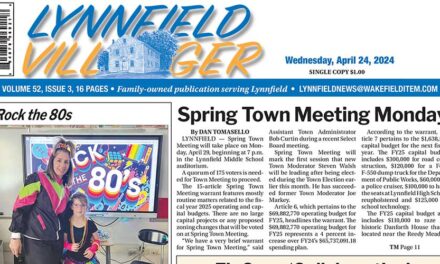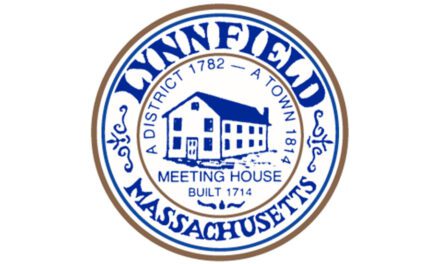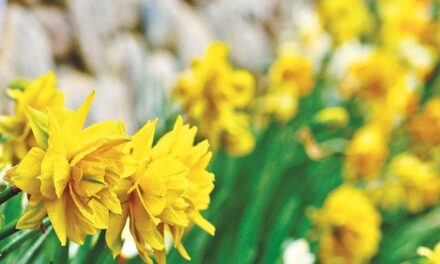Published in the August 31, 2016 edition
By MAUREEN DOHERTY
LYNNFIELD — The selectmen took action last Friday morning to allow wetlands restoration work on town-owned property to remediate violations caused by a direct abutter to that property.
The Conservation Commission informed the town by letter on Aug. 22 that in the summer of 2015 violations had occurred on town property in the wetlands buffer zone as a result of activities done by abutter Steven Giugliano, 205 Edgemere Rd.
According to the letter from Conservation Administrator Betty Adelson, Giugliano had “cleared and cut trees, removed stumps and other vegetation, stockpiled cut trees/lumber and branches, and added fill and boulders within the buffer zone to a bordering vegetated wetland.” This work was conducted without a permit.
The violations were discovered during a site visit to that property, during which it was also discovered that the violations had taken place on Giugliano’s property as well as “some of his direct abutters, including the town,” Adelson’s letter stated.
After identifying the extent of the violations, which involves the buffer zones of two wetland resource areas that are protected by both the state Wetlands Protection Act and the regulations of the state Dept. of Environmental Protection, the ConCom issued Giugliano an enforcement order with conditions outlining a remediation plan.
Over many months, the ConCom has worked with Giugliano and his engineers from Hayes Engineering to develop a “restoration plan to remedy the environmental harm he has caused,” Adelson stated in her letter to the board.
In order for Giugliano to comply with the enforcement order, he and his engineers need the permission of the town to access this town-owned property for the sole purpose of “completing the necessary remediation, sparing you the expense that you, as the property owner, would otherwise have to bear to remediate the violations,” Adelson stated in her letter.
Due to the time-sensitive nature involved in the restoration plan, the Board of Selectmen met last Friday at 7:30 a.m. to vote on the matter and sign the necessary documents to allow Giugliano and his agents to conduct this work on the town-owned land.
The approval by the selectmen also allows the Lynnfield ConCom and its wetlands agent access to the town land to inspect the work and determine that the restoration plan has been implemented properly.
The vote was 2-0 with one member absent. Selectmen Chairman Phil Crawford and Selectman Dick Dalton formed the necessary quorum. Selectmen Chris Barrett was unable to attend due to a scheduling conflict with work, but told the Villager he was fine with the meeting taking place without him “due to the time sensitive nature of the agenda item.”
The license to enter the town property will not expire until the Lynnfield ConCom issues an unappealable Certificate of Compliance to Giugliano.
Extent of violations
It was determined that 19 oak trees were cut down on the Greenbelt property northerly of the property line by Giugliano, according to the ConCom’s enforcement order, which was confirmed by Hayes Engineering’s assessment of the site during numerous visits in June of 2015 to delineate the wetland boundaries and survey the extent of the fill, the locations of the cut trees and other disturbances.
In addition, two piles of cut logs and brush related to that tree removal were found “near or possibly on the wetland boundary…” the enforcement order states.
Hayes Engineering also determined that boulders and fill “were placed along the easterly property line of the site, encroaching upon parcels owned by the town of Lynnfield and Ann Knower. This fill is vegetated and stable.”
The restoration plan includes tree replacement with 19 nursery trees to be planted in open locations in the vicinity of the cut stumps. The trees must be at least two inches in caliper and include nine oak (5 red oak, 4 pin oak), four sugar maple and two black cherry, plus four white pines that must be at least five to six feet in height.
All cut brush and logs stored on the adjacent Greenbelt property will also be collected and transported off-site and fences will also be installed along the easterly and northerly property lines.
Also required under the restoration plan is the removal of both fill and boulders on adjacent properties to the expose the top of the “native (buried) soils and vegetation.” After the boulders and fill are removed, the disturbed and exposed soils must be seeded with a “conservation seed mix” and sloped areas must be stabilized with thick straw mulch or a biodegradable erosion control blanket, the restoration plan states.




